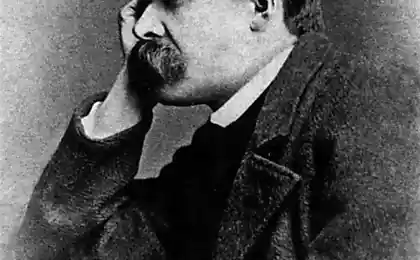159
Culture Shock: Why We Get Lost in a New Environment

When the familiar world dissolves
Imagine waking up in a country where even a smile isn’t what you’re used to. Where a gesture of consent looks like a refusal, and silence is perceived as aggression. This is not a dystopian plot - this is culture-shockIt is a psychological phenomenon experienced by 92% of migrants and expats, according to the International Journal of Intercultural Relations. But why do some people adapt in months and others feel like strangers for years?
Anatomy of invisible trauma
Psychological mechanisms
Culture shock is not a metaphor, but a complete disorientation neurosis. Professor Calvino Walters (Stanford) likens it to a “systemic failure” in the brain: habitual patterns of information processing face cultural paradoxes. There is a cognitive dissonance, comparable to trying to assemble a puzzle from other people's fragments.

4 stages of adaptation (Oberg model, 1960):
- "Honeymoon" (2-8 weeks): The excitement of novelty
- Crisis (3-6 months): Breaking illusions
- Reconstruction (6-12 months): Finding compromises
- Assimilation (1-3 years): Formation of a new identity
Adaptation Costs: Hidden Risks
A study by Lancet Psychiatry (2022) found that long-term culture shock increases the risk of:
► Depressive episodes (3.1 times more common than controls)
► Somatic disorders (migraines, IBS)
► Cognitive decline (especially in bilinguals over 40)
But the main threat is the erosion of self-esteem. As anthropologist Laura Nirenberg notes, “We are losing not the soil under our feet, but the mirrors around us – the social markers by which we judged our adequacy.”
Culture as an Operating System
Theory of Cultural Dimensions Hofstede explains the roots of shock through 6 parameters:
Parameter Example of conflict Power distance Scandinavia vs Arab management Individualism Western expats in collectivist societies

Survival strategies: instructions from neuropsychologists
3 Rules of Cultural Diving
- Create bridges: 20% of the time for native rituals (music, food)
- Play the roles consciously: Separate Work and Personal Identity
- Look for cultural translators: Local mentors cut adaptation by 40%
Conclusion: Shock as an opportunity
Culture shock is not the enemy, but a mental trainer. Those who have gone through it demonstrate:
- ► Increased neuroplasticity
- ► Creativity above average by 18% (Torrance Test data)
- ► Unique ability to see systems by details























